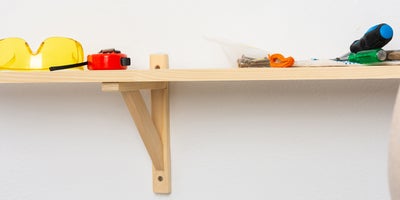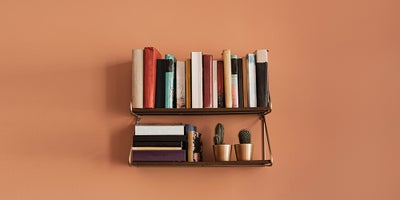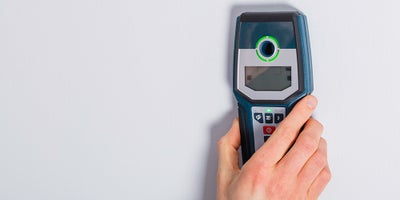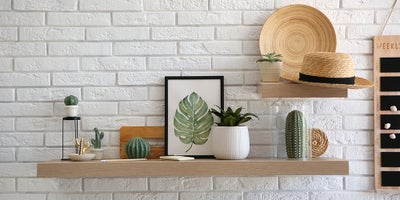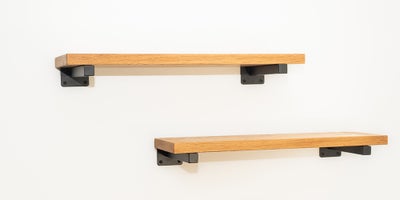There are loads of shelves available out there, so how do you know which will be suitable for your desired purpose and wall type? Here’s everything you’ll need to know before purchasing your all-important shelf:
Shelf with brackets: This is your classic shelf complete with supports to keep it up and stable. Generally you screw the brackets into the wall first, making sure they’re secure, and then attach your chosen shelf afterwards. A shelf with brackets is your best option for functional shelving that will be holding weight, but brackets do still vary in their weight capacity so it’s worth considering this when looking for a pair that’s right for you.
Floating shelf: A floating shelf does exactly what you’d expect; It looks like it’s floating. It doesn’t use any brackets to keep it up as the wood itself is screwed directly into the wall without supports. This often looks better but generally doesn’t hold as much weight as a bracketed shelf, making it suitable for decorative purposes or holding a few books, but not so much for heavy-duty storage.
Built-in shelf: A built-in shelf will usually be installed in a nook where it can also be screwed into walls on either side. This gives it more support and will often use up space that would otherwise go to waste.
